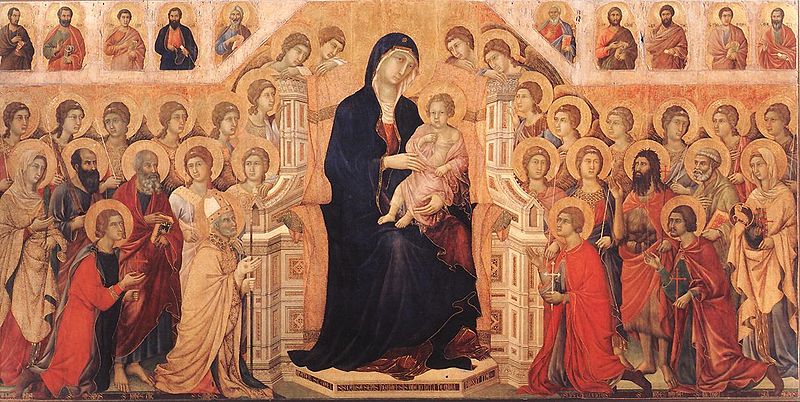Recent Comments
Archives
- January 2017
- December 2016
- November 2016
- October 2016
- September 2016
- February 2016
- December 2015
- October 2015
- September 2015
- August 2015
- July 2015
- June 2015
- May 2015
- April 2015
- March 2015
- February 2015
- January 2015
- December 2014
- November 2014
- October 2014
- September 2014
- August 2014
- July 2014
- June 2014
- May 2014
- April 2014
- March 2014
- February 2014
- January 2014
- December 2013
- November 2013
- October 2013
- September 2013
- August 2013
Most Recent Articles
The Rhapsodic Fallacy
I’ve been reading, or at least dipping into, Twentieth-Century American Poetics: Poets on the Art of Poetry (McGraw-Hill, 2004), a collection of some 53 essays or articles edited by Dana Gioia, David Mason and Meg Schoerke. The range is from James Weldon Johnson (1871-1938) to Christian Wiman (1966-), and includes many illustrious names. The contributions seem sensibly chosen, moreover, and the book deserves a proper review in due course. My concern here is an essay entitled The Rhapsodic Fallacy...
Read More6 Poets in The Interpreter’s House
The Interpreter’s House has been going for close on twenty years now, by no means making it an old-timer but still something commendable, requiring time, energy and commitment. The venture started life in 1996 as a Bedfordshire magazine, and indeed the title comes from ‘Pilgrim’s Progress’ – ‘the house of the Interpreter; at whose door he should knock; and he would show him excellent things’. The editor Merryn Williams looks for “the union of simplicity and mystery which makes...
Read MoreThe Frogmore Papers
The Frogmore Papers is a long-standing literary journal, founded in 1983 and now edited by Jeremy Page, Mary Hetherington and Catherine Smith. There is the usual mix of established writers and newcomers, but the advice given in the literary journal does indeed apply: . . . the only criterion for selection being quality. However, it’s worth noting that the following are unlikely to be find favour: very long stories, very long poems, poems written in an idiom that is...
Read More5 Poets in Chroma Magazine
Chroma, a literary magazine devoted to by lesbian, gay, bisexual and transgender writers and artists published 11 issues between 2004 and July 2010. It enjoyed the support of the Arts Council, England, and three issues have been placed online by the Southbank Poetry Library. The editors when the magazine closed were Shaun Levin and Saradha Soobrayen. The former said, ‘We want each issue to be exciting in its diversity of voices and the wide range of art work we...
Read More6 Poets in The Cannon’s Mouth
The Cannon’s Mouth is the quarterly journal of the Cannon Poets, a local group of poets that meets every month in the Post Office Building of Moseley in Birmingham. Anyone who attends such groups in England will recognize the work as typical of poets who have a day job and/or family to support. It’s straightforward, friendly and unpretentious. Not much would be published by the more serious and prestigious magazines, I suspect, but there are several accomplished pieces and more...
Read More6 Poets in Candelabrum Poetry Magazine
Candelabrum Poetry Magazine has been going since 1970, consistently providing a much-needed platform for traditional verse, quality free verse and short forms like the haiku and tanka. The magazine appears twice a year, and its editor is still M. L. McCarthy. The website is here: http://www.members.tripod.com/redcandlepress/Magazine.htm Most of the work here is competently turned, though not generally breaking new ground. The problems are those of any art form that measures itself against the achievements of the past: borrowings, an...
Read More6 Haiku Poets in Blithe Spirit
Blithe Spirit is that most estimable of things, the unpretentious poetry magazine that has quietly served its small readership year after year with poems, articles and discussions. Blithe Spirit is the Journal of the British Haiku Society, but with haiku are included senryu, tanka, haibun and renku. The Journal first appeared in 1991 and is now 64 page publication with a circulation around 300. I am not sure haiku, or any of the condensed eastern forms, really works in...
Read MoreStanza Shaping in Horace
Contemporary styles notwithstanding, translators have generally grouped Horace’s Odes in four-line stanzas to reflect the continuity of content and the Latin measures, a practice often called Meineke’s Law after their originator. A few translators have gone further and devised individual stanza shapes to represent the Latin measures, the best known of whom may be John Conington. {1} It’s an approach that works happily enough in the lighter pieces, as in I 26: The Muses love me: fear and grief,...
Read More

















